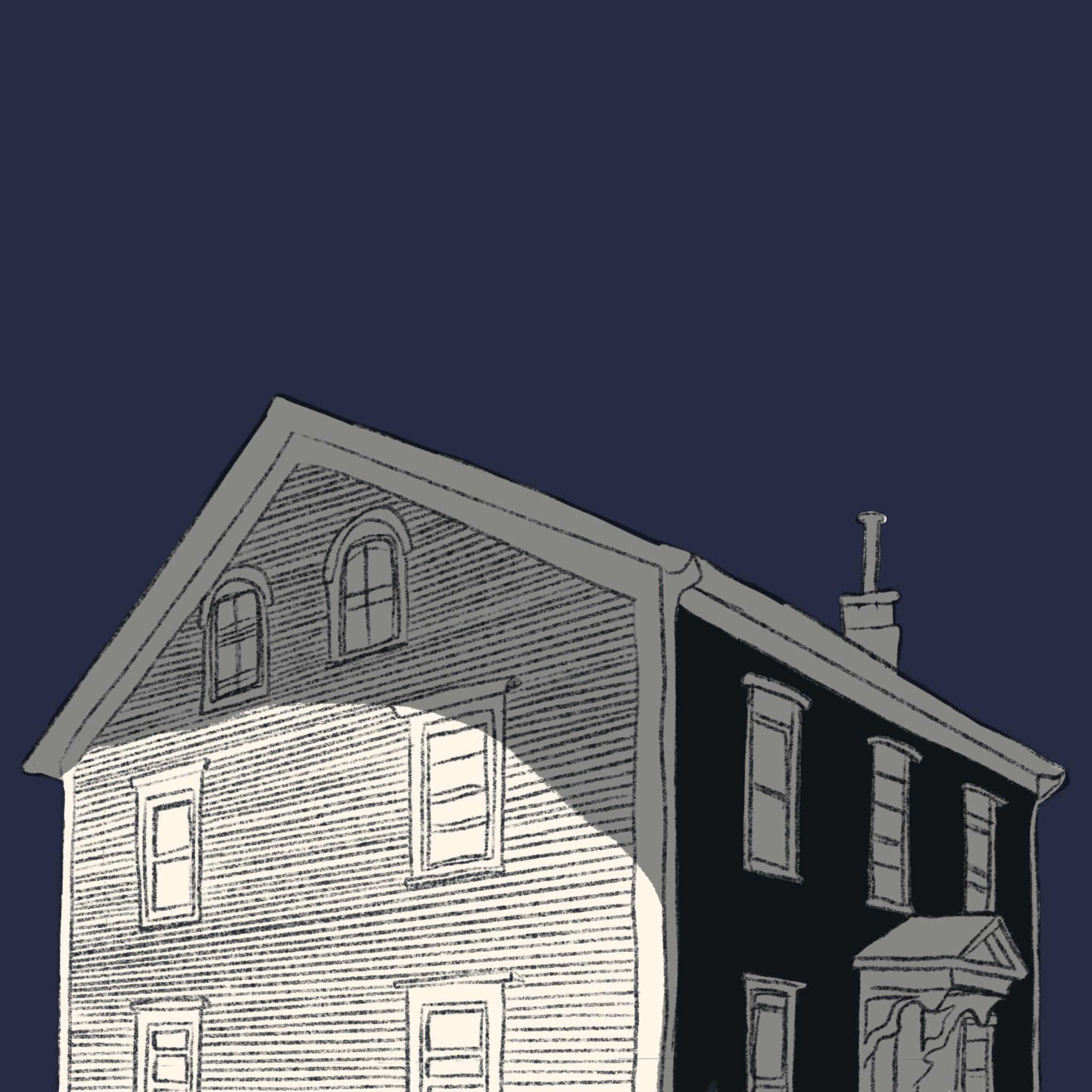A record number of tenants couldn’t afford rent in 2022, according to a new study from the Joint Center for Housing Studies of Harvard University.
The report found that in 2022, half of American renters—22.4 million households—were cost-burdened, spending a third or more of their income on housing costs.
Out of the cost-burdened renters, 12.1 million households spent more than half of their incomes on housing costs.
The report follows several years of historically high rent increases that pushed rents above pre-pandemic levels, where they have stubbornly remained.
In the third quarter of 2023, rents grew .4% across the country, compared to a 15% rent increase in early 2022, the report said.
“That means that those rent levels we achieved during the pandemic aren’t getting worse, but they’re also not falling,” Chris Herbert, managing director of the Joint Center for Housing Studies, said during a panel discussion on the report Thursday. “So over time, we’ll see some easing of the problem as we have incomes hopefully outpacing those rent growths.”
Low and mid-income renters wonder when that will happen after years of watching rents skyrocket as their paychecks failed to do the same.
From 2001 to 2022, rents grew 21% when adjusted for inflation, the report found. During the same time period, renters’ incomes rose just 2%.
Renters have less to spend after covering housing costs
In Knoxville, Tennessee, renters formed the Knoxville Area Tenants’ Union last year as their rents grew unaffordable.
Hannah Freeman, chairman for the tenants’ union, said Knoxville tenants who live alone are especially struggling to cover their rent and other expenses without help from a roommate or partner.
“You expect people to still be able to feed themselves, get healthcare and do all these other things that you need (to do),” Freeman said. “But you can’t do that on top of having a roof over your head.”
The amount of money that renters have left after housing costs has fallen almost by half in the last two decades to a record low, according to the report. In 2022, renter households earning less than $30,000 had $310 left each month after their housing expenses—47% less than what they had left to spend in 2001, when adjusted for inflation.
At the same time, people are spending more on other living expenses, too, after years of steep inflation. Although inflation is slowing, prices are still well above what they were a few years ago.
Food, for instance: In 2021, groceries cost 20% less than they do now, according to a Federal Reserve Bank of New York survey.
When renters are cost-burdened, they spend less on food and healthcare compared to other tenants, studies show.
Veronica Garcia, director of the city of San Antonio’s Neighborhood and Housing Services Department, said: “A community issue that we face every single day is individuals who don’t have enough money to cover basic housing stability costs have to make sacrifices in other areas.”
In San Antonio, the city’s Neighborhood and Housing Services Department has offered housing assistance since 2019. Garcia said the typical household receiving rental or relocation assistance from the program is a family of three with a $24,000 annual income.
More than half of San Antonio renters are cost-burdened, according to a 2022 Census Bureau analysis.
Why isn’t rental housing more affordable?
Between 2012 and 2022, the United States lost 2.1 million rental units that are $600 per month—affordable to the quarter of renters who earn less than $24,000 per year, the report found. By 2022, landlords were offering 7.2 million units for $600, the report said.
Renters are hard-pressed to find available rentals that cost that much. The median rent for a one-bedroom unit in the United States is about $1,600, according to Zillow.
And because of the amount of money required to buy land and build, developers often cite construction costs as a barrier to creating new affordable housing.
“It’s hard to imagine a market in this country where anybody can build and operate an apartment for ($600),” Herbert said. “So we’re always going to have to talk about what do we do to get market-rate housing affordable, but then what do we do about those folks who the market really can’t help?”
Less rent relief is available as more renters are at risk of eviction
Because rents in Jacksonville, Florida have gone up, tenants facing eviction owe more to landlords than they did in the past, said James Tyer, a staff attorney for Jacksonville Area Legal Aid. He said now renters typically owe $4,000 to $5,000 in back rent at the time they’re evicted, Tyer said.
“It just looks like it’s gotten easier for people to fall behind,” he said.
Renters facing eviction might encounter another expense if a judge orders them to pay their landlords’ legal fees and court costs. In Jacksonville, Tyer said a client recently was ordered to pay $900 in legal fees for their landlord.
That cost adds to the challenges of finding permanent housing after an eviction, which usually requires money for first and last month’s rent, plus a deposit.
Last year, federal covid relief funding for rent assistance ended, but the demand for the aid has been high.
With fewer funds available, Boulder, Colorado’s rent assistance program reduced the maximum amount of assistance it provides from $4,000 to $3,000. The aid is only available to renters who’ve received an eviction filing.
During the pandemic, landlords often allowed their tenants to owe several months of rent because of the amount of federal rental assistance available and the time it took to process payments, said Jason Allen, program manager for Boulder’s eviction prevention and rental assistance program.
“Since that program has really dried up, we have seen landlords be a lot faster in the way that they bring people forward to the eviction process,” he said.




